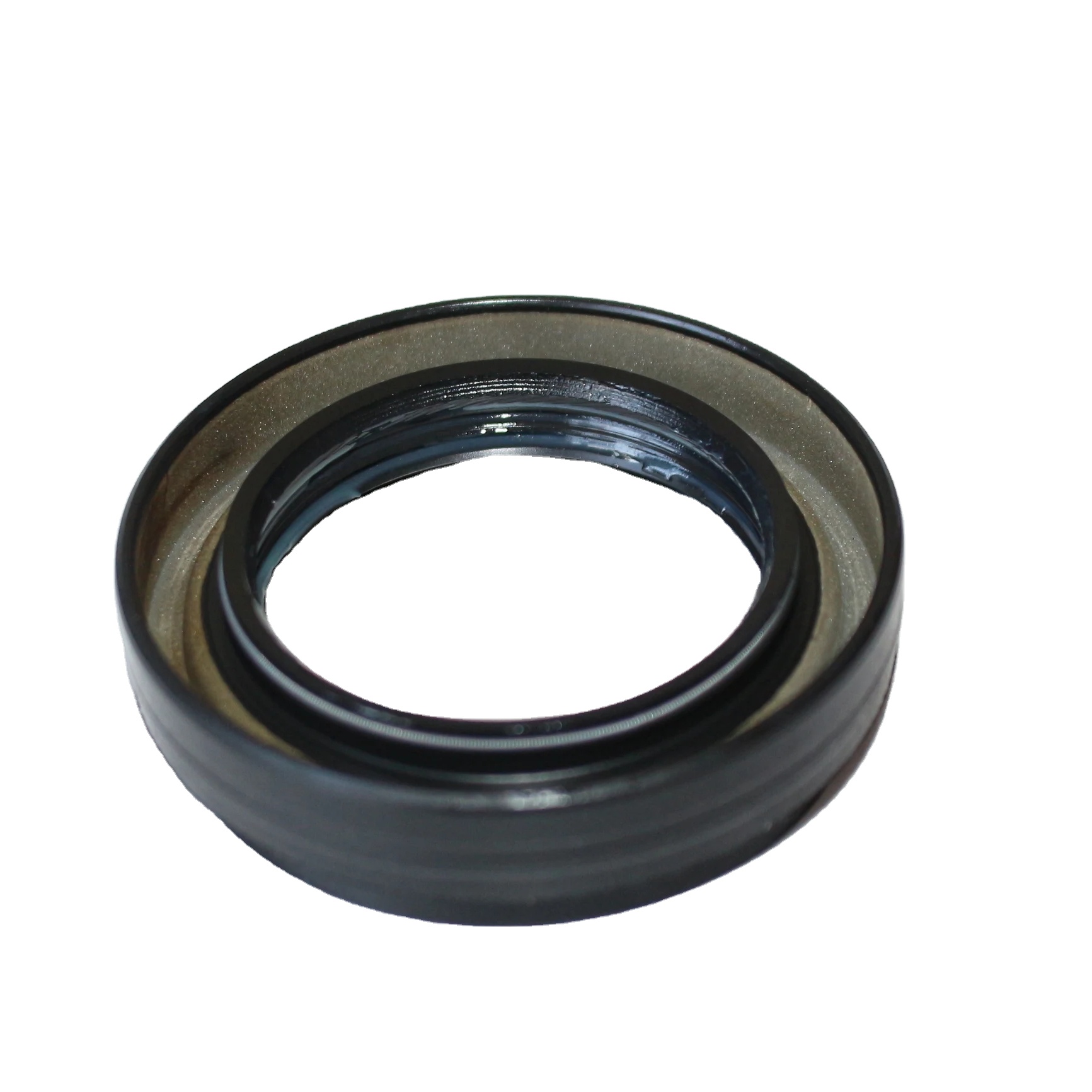O-Ring for Oil Filter Housing Replacement and Maintenance Tips
Understanding the Importance of Oil Filter Housing O-Rings
In the world of automotive maintenance and repair, few components are as often overlooked as the oil filter housing O-ring. However, this seemingly small and unassuming part plays a crucial role in the effective functioning of an engine's lubrication system. Understanding its purpose, the potential problems that can arise from neglecting it, and how to properly replace it can save vehicle owners both time and money.
What is an Oil Filter Housing O-Ring?
The oil filter housing O-ring is a seal made from durable rubber or elastomeric material that fits around the oil filter housing. Its primary purpose is to create a tight seal between the oil filter and the engine block, preventing oil from leaking out. When the oil filter is installed, the O-ring compresses slightly, ensuring that no oil can escape the system during operation.
Importance of the O-Ring
1. Preventing Leaks The most critical function of the O-ring is to prevent leaks. Oil leaks can cause significant issues, including reduced oil levels and, subsequently, inadequate lubrication of engine components. This could lead to severe engine damage over time.
2. Maintaining Pressure Oil circulation within an engine is vital for maintaining proper pressure. A faulty O-ring can disrupt this pressure, leading to reduced efficiency and increased wear on engine parts.
3. Ensuring Proper Lubrication An effective lubrication system is essential for the longevity of an engine. The O-ring helps ensure that oil is delivered efficiently to all parts of the engine, which prevents overheating and excessive friction.
Common Problems Associated with O-Ring Failure
Neglecting the oil filter housing O-ring can lead to significant issues. Here are some common problems associated with a failing O-ring
- Oil Leaks The most obvious sign of a bad O-ring is the presence of oil beneath the vehicle. This can create not only environmental hazards but also safety concerns due to slippery surfaces.
- Loss of Oil Pressure A compromised seal can result in loss of oil pressure, which can trigger warning lights on the dashboard and lead to engine damage if not addressed promptly.
oil filter housing o ring

- Increased Engine Wear Without proper lubrication due to leaks or pressure loss, engine parts can experience excessive wear, leading to costly repairs down the line.
Replacement of the Oil Filter Housing O-Ring
Replacing the oil filter housing O-ring is a relatively simple process, but it is essential to do it correctly to ensure the longevity of the engine. Here’s a step-by-step guide
1. Preparation Begin by gathering the necessary tools, including a wrench, oil catch pan, and the new O-ring.
2. Drain the Oil It’s advisable to drain the engine oil before removing the oil filter to prevent spills.
3. Remove the Oil Filter Unscrew the old oil filter, taking care to remove the old O-ring attached to it.
4. Install the New O-Ring Before installing the new oil filter, place the new O-ring onto the filter housing. Ensure it sits evenly in its groove.
5. Reattach the Oil Filter Screw the oil filter back on, ensuring it is secure but not overtightened.
6. Refill the Oil Finally, refill the engine with the appropriate type and amount of oil, and check for leaks after starting the engine.
Conclusion
The oil filter housing O-ring may be small, but its role in automotive maintenance is vital. Regular checks and timely replacement of this component can prevent costly repairs and ensure the smooth operation of your engine. Remember, a little attention can go a long way in terms of vehicle longevity and performance.
-
Understanding the Front Main Engine Seal: Purpose, Maintenance, and Installation
News Jul.29,2025
-
Understanding O-Rings and Seal Rings: Types, Applications, and Custom Solutions
News Jul.29,2025
-
Understanding Crankshaft Oil Seals: Rear Seals, Pulley Seals, and Their Role in Engine Integrity
News Jul.29,2025
-
The Importance of Front and Rear Crankshaft Seals in Engine Performance and Oil Management
News Jul.29,2025
-
Crank Oil Seals: Functions, Types, and Cost Considerations in Engine Maintenance
News Jul.29,2025
-
A Comprehensive Guide to O-Rings and Seals: Types, Materials, and Global Applications
News Jul.29,2025
-
Mastering Diesel and Performance Engine Maintenance: A Guide to Critical Oil Gaskets
News Jul.28,2025
Products categories















